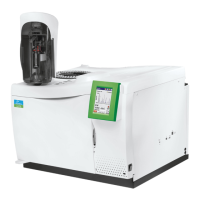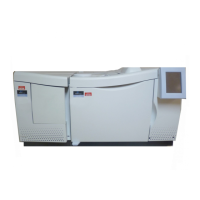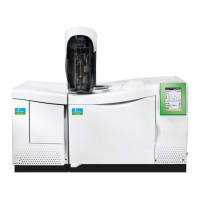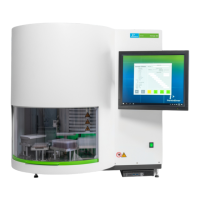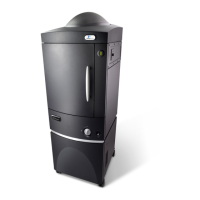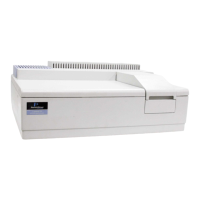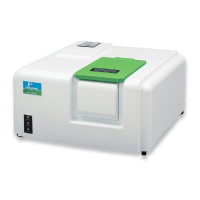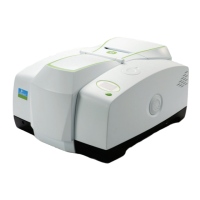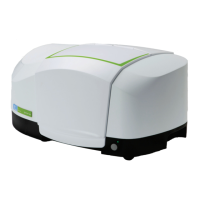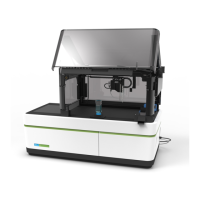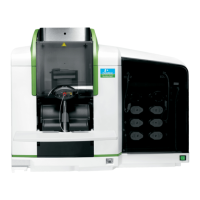Touch Screen Navigation
2-40
NPD
The nitrogen phosphorus detector (NPD) is a highly specific thermionic detector
for organically bound nitrogen and phosphorus.
The detector operates by electrically heating a glass bead, that contains an alkali
metal, to the point where it emits electrons. A mixture of hydrogen gas and air
flows around the bead to produce a hydrogen plasma. Stable intermediates are
formed in the hydrogen plasma which then capture the electrons emitted from the
bead to produce ions. A polarizing field directs these ions to the collector
electrode, thereby creating a current which is amplified. Sensitivity is affected
primarily by the air flow, and selectivity is affected primarily by the hydrogen
flow.
The following screens show the Active Method screen and the corresponding
settings in the Configuration screen.
Active Method Configuration Screen
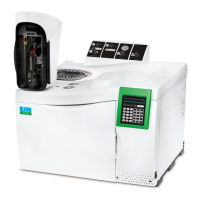
